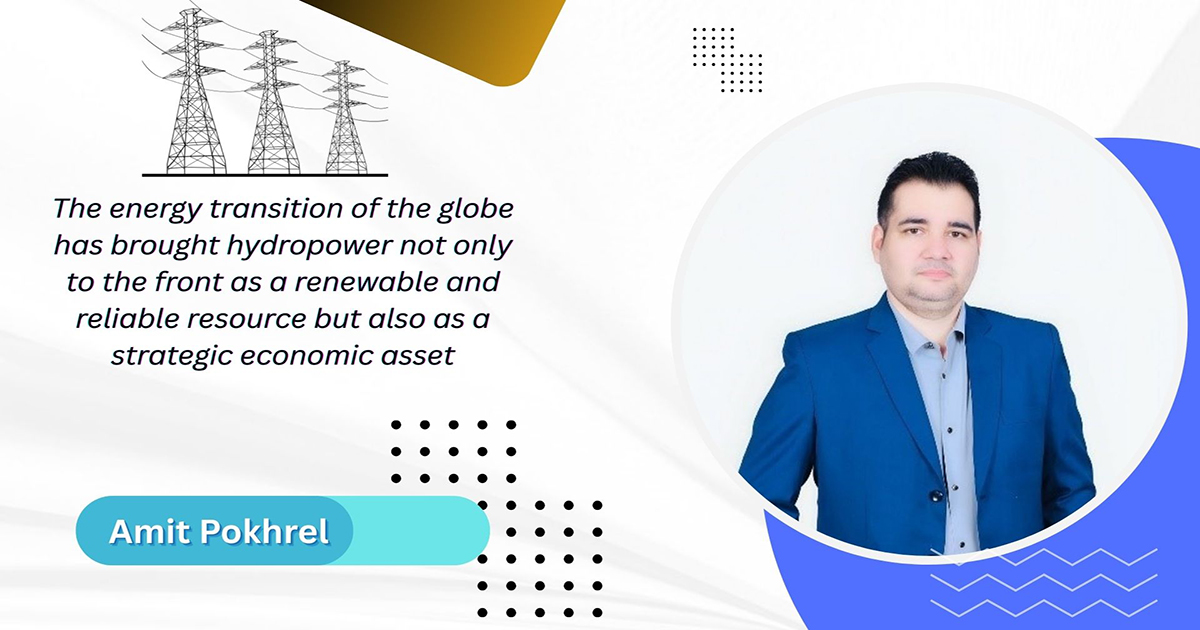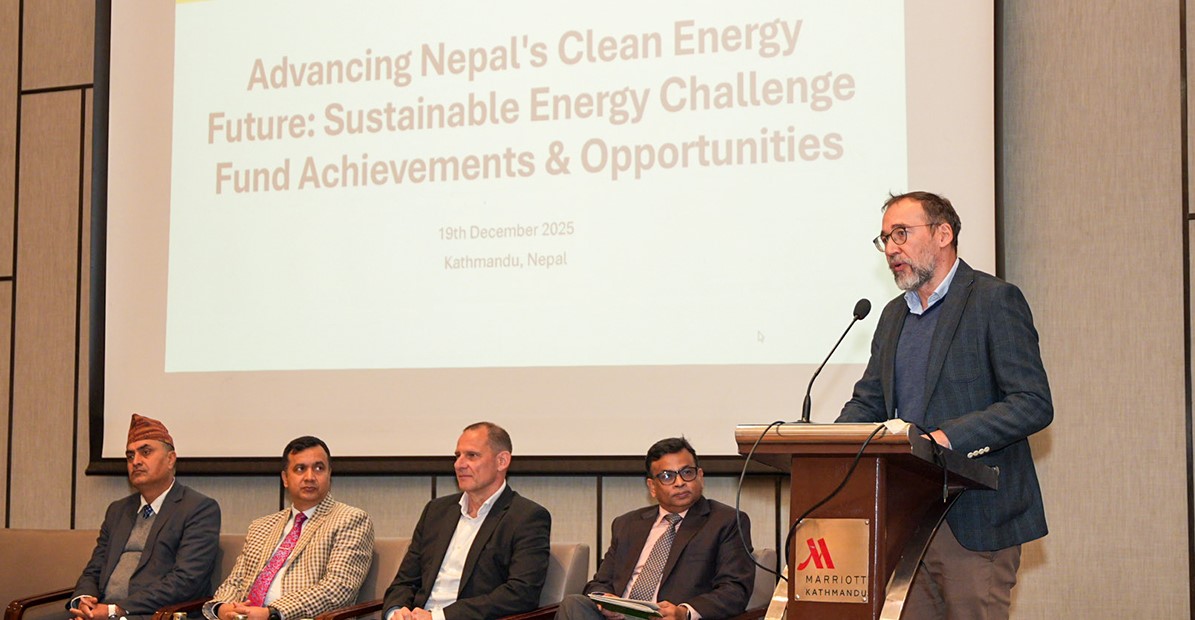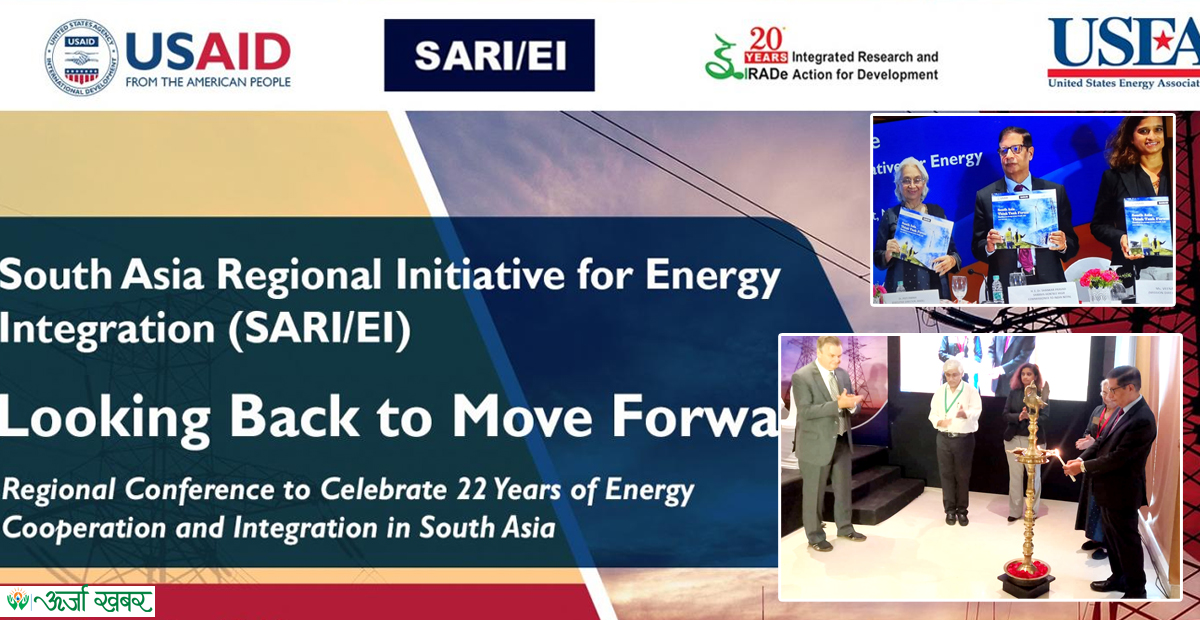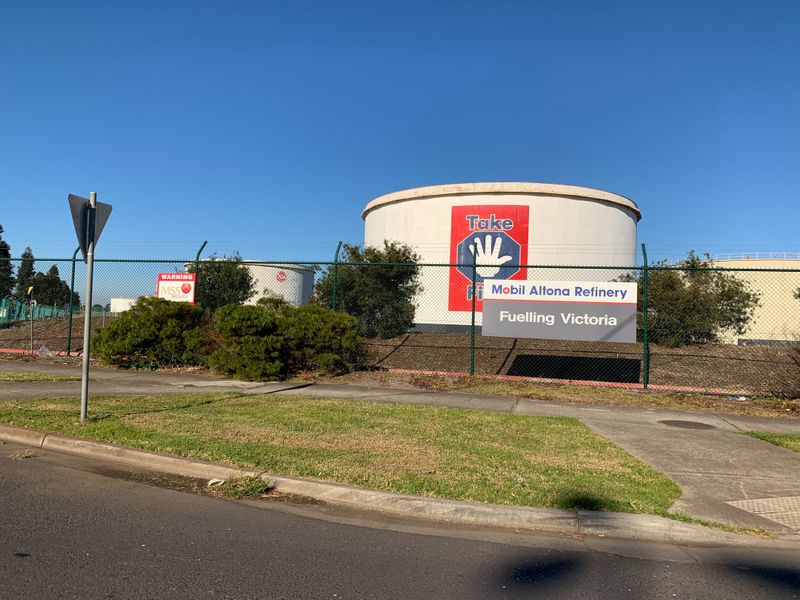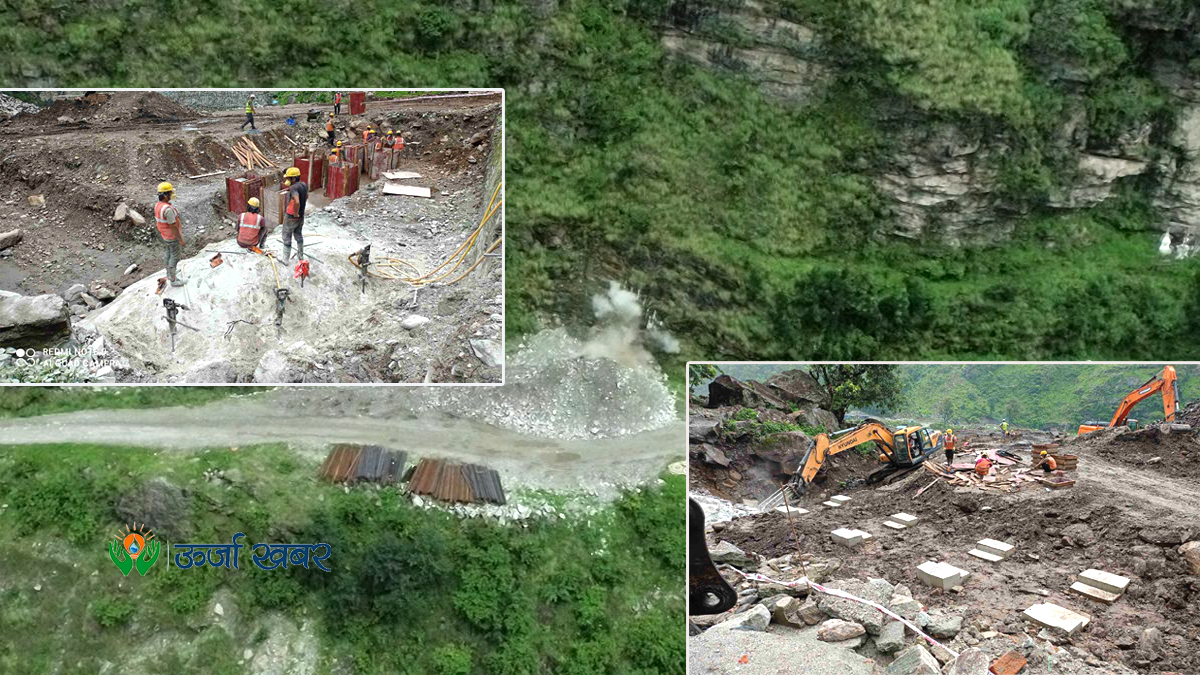Energy Update
Budhi Gandaki: Nepal’s mega-dam remains a mirage
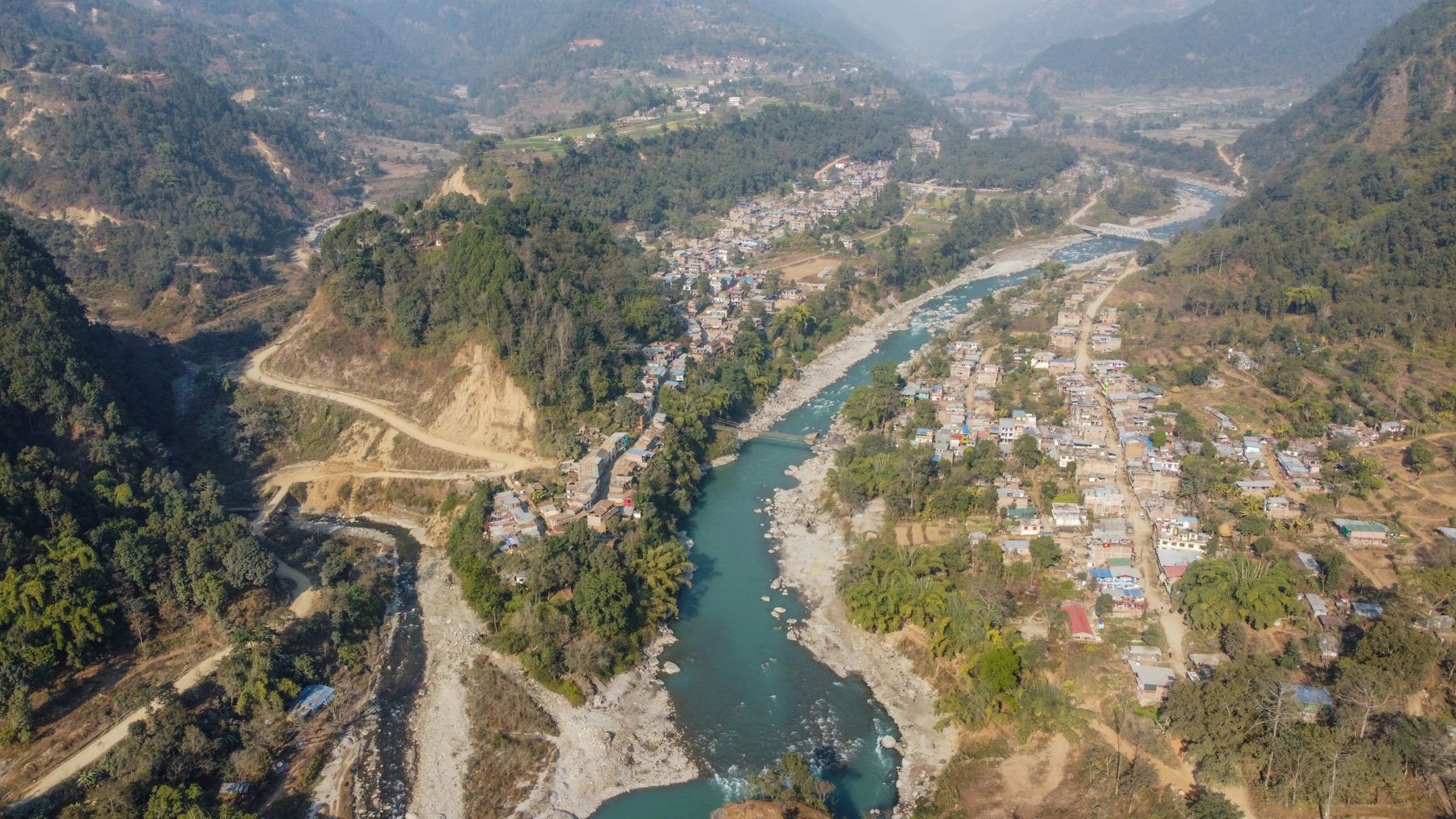
Plans to build Nepal’s biggest ever hydropower project have gone through a bewildering series of politically motivated changes since 2011. Now it seems the Nepali government cannot get the Chinese contractor to say when construction might start.
Meanwhile, the lives of some 50,000 people are being disrupted for a project Nepali energy sector experts have criticised as fast becoming financially unviable, due to the falling costs of other renewables, such as wind and solar.

The Budhi Gandaki hydro project was meant to be finished by 2022, almost doubling Nepal’s electricity supply by adding 1200 megawatts (MW). The project plans envisage a lake 45 kilometres long in central and western Nepal, behind a dam 263 metres high (one of the world’s 10 tallest). The reservoir’s steady flow should permit output of 3.38 billion units of electricity a year. The Budhi Gandaki river is a major tributary of the Gandak river which carries turbulent Himalayan waters into northern India.
The problem? China Gezhouba Group Corporation shows no sign of starting work. It was awarded the contract without a tender in September 2018, a decision that was controversial at the time.

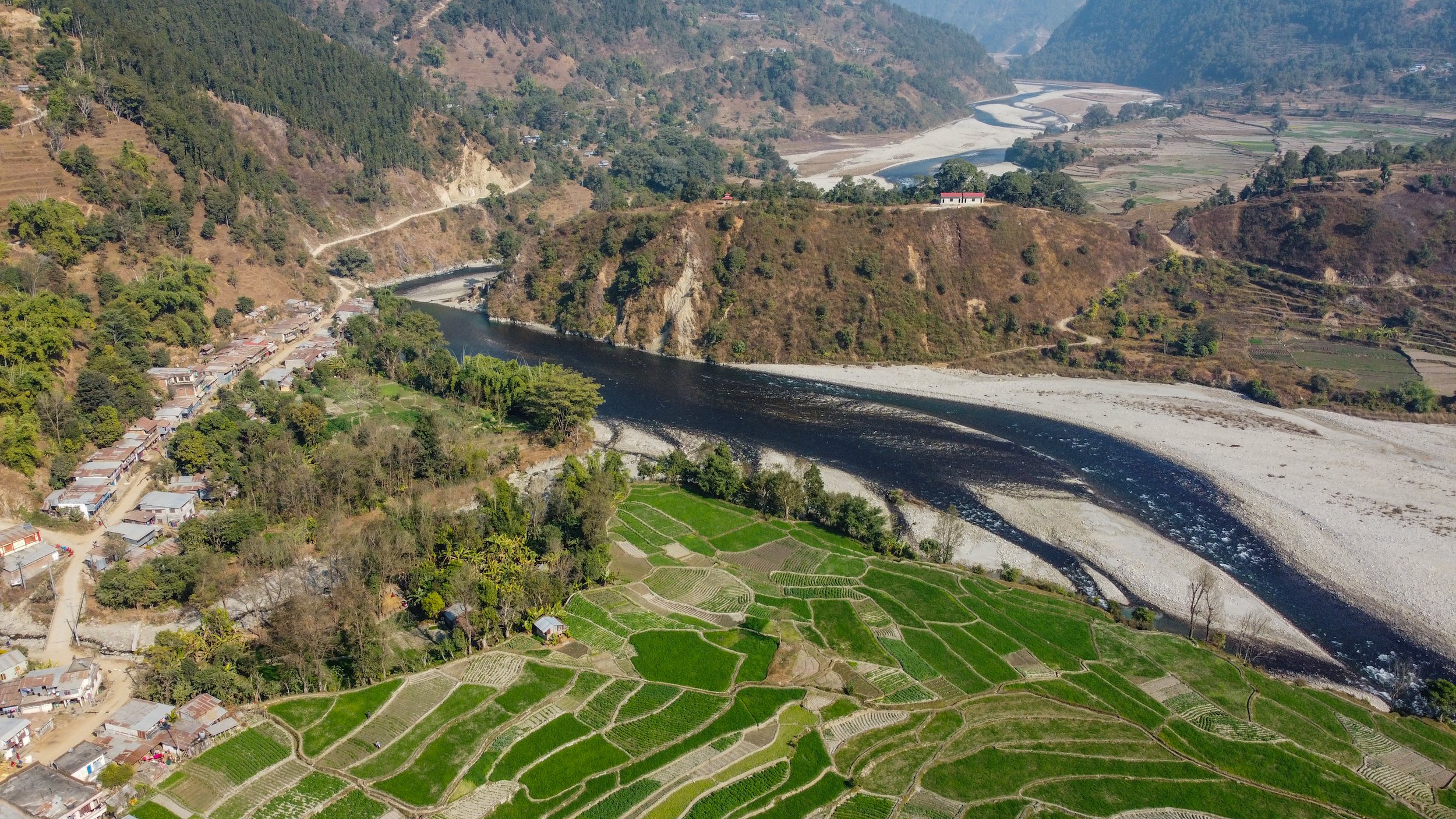
A drone shot of Khahare Bazaar, one of the biggest settlements on the tributary. The bazaar will be submerged in water [Image: Nabin Baral]
“We have tried to communicate with the company in the past few months, but it hasn’t responded clearly. We can neither say the company is out, nor it’s in. It is between somewhere and nowhere,” said Gokarna Raj Panta, deputy spokesperson at Nepal’s Ministry of Water Resources, Energy and Irrigation.
Between somewhere and nowhere is a fitting description of the lives of farmers and traders whose homes, land and livelihoods are due to be submerged.
In the project office in Siurenitar which was set up to deal with compensation claims, there is frantic activity. Phones ring constantly, and staff are busy taking calls from claimants.
“The government’s first priority is land clearance, so we have already paid about 33 billion rupees (USD 0.3 billion) as land compensation,” said Krishna Bahadur Karki, head of the compensation and resettlement unit. Another 20 billion rupees (USD 0.2 billion) is earmarked to reimburse locals for their houses, animal sheds, trees and other valuable infrastructure, he added.
Most villagers got their first inkling of the coming upheaval in 2013 when the government put restrictions on their rights to sell their lands and property, stating the area would be submerged.
At the time, new roads were under construction, and new towns were forming along the river valleys, driven by two decades of rapid migration from the hills to the valleys.
Forty kilometres north of the dam site, Ghare Gurung runs a roadside grillhouse. Two decades ago, he bought his roadside land in Arkhet township, Gorkha district, using money he had earned as a migrant labourer in Malaysia. He received USD 1,000 in compensation for his land. “Now they have been saying that a 10% depreciation cost would be applied for our infrastructure. If it happens, then I need to pay them instead of receiving money,” he said.
The area affected is a huge proportion of this small country. The project will submerge 45 kilometres of the Budhi Gandaki and another 22 kilometres of the valley of Aankhu Khola, the largest settlement on the tributary.
Gyanu Maya Shrestha, who sells samosa, noodles, tea and sel roti (rice flour bread) in her small hut close to the tributary’s bank in Hepne, in Dhading district, said her business has been blighted twice over.
In April 2015, a 7.8 magnitude earthquake shook Nepal. It destroyed her concrete home and her animal shed, killing her buffaloes, oxen, and goats. Before the quake, officials from the project had measured both structures. “After the earthquake, they remeasured and are telling us that they will compensate for these new makeshifts, not the older house,” she said.
Officials at the compensation and resettlement office responded that the pre-quake measurements were for an environmental impact assessment (EIA) report, not compensation.
While many other quake-hit communities have built new houses, people along these two rivers have not.
Krishna Majhi lives in Gumti village, 10 kilometres north of the damsite. He and his fellow villagers have been living on unregistered land for decades. In May 2017, the council of ministers agreed to include structures on unregistered land in the compensation programme. More than three years later, no payments have been made. Project officials said the payments are in process but could not give any dates.
Meanwhile, Krishna uses part of his cracked old house as a kitchen but has spent five years living in a makeshift structure. There are severe cracks in the house walls. “Another small earthquake would be enough to kill us. We can’t dismantle it as we need to show the authorities if they come to check while paying compensation,” he said.
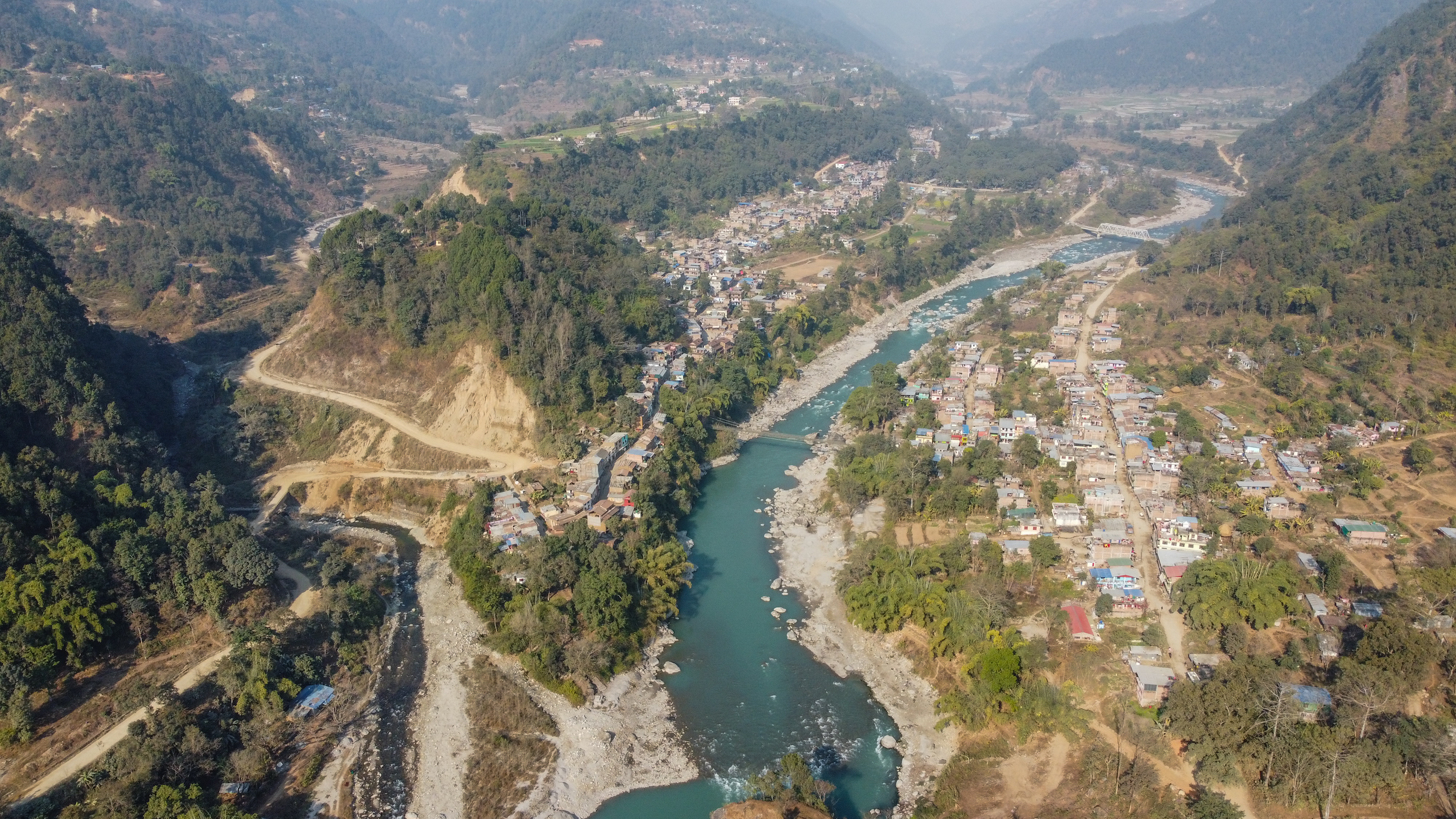
A drone shot of Arugath Bazaar, one of the biggest settlements on the Budhi Gandaki River valley bordering Gorkha and Dhading district in Nepal. The bazaar will be submerged in water. [Image: Nabin Baral]
Many promises were made to locals to persuade them to handover their land, including the promise of resettlement. They were asked to fill in forms saying where they wanted to be resettled and what facilities they needed.
“We were told that new villages will be built around the reservoir area up in the hills and we would be provided with all facilities, and a 235 kilometre-long ring road. Now we are hearing that they will build a link road not a ring road. Resettlement plans are not even on the horizon. All these years they made fools of us,” said Sushil Dharel, from Khahare, another village on the Ankhu Khola.
Back at the compensation office, the villagers’ dissatisfaction is no surprise to Karki: “A lot of people are unhappy, which I can understand,” he said.
“The compensation amount is many times higher than the government rates that are in the system. [But] we can’t do what we want, as there are rules,” he said, adding, “There are people who have received hundreds of thousand dollars and have bought houses in cities like Kathmandu too.”
But locals take a different view. The land market operates informally, and actual rates are much higher than government allocated rates.
While some have done well from compensation payouts, the majority are from marginalised and poor communities. They resent the way the authorities persist in glorifying those who have benefitted, while downplaying the real problems faced by many.
“Our field is irrigable, there is a market nearby and we can produce three crops in a year. Even a small amount of land would make a comfortable living of a family of five to six. I can’t buy a piece of land in an urban area with what I have received from the project compensation, how do I make a living there?” said Pampha Khadka from Khahare, who burst into tears as she spoke.
Nor do government officials in Kathmandu have any clear answers on resettlement timetables. “We have drafted a resettlement policy for the Budhi Gandaki project, but the problem is that there isn’t clarity over the modality of project implementation. Unless its finalised, resettlement is not possible,” said Gokarna Raj Panta, deputy spokesperson at Nepal’s Ministry of Water Resources, Energy and Irrigation.
Botched resettlement policies are creating social problems. Some have spent money on frivolous celebrations, which means they will be homeless and landless if not resettled. Many have used payouts to meet their daily needs or pay debts, buy motorbikes or educate and marry off their children. “I received about USD 900 for a piece of land. I spent USD 100 on my grandchildren and sent USD 800 to my daughter in Kathmandu for her studies,” said Purna Bahadur Ale Magar from Arkhet village.
According to the environmental impact assessment report, the reservoir will submerge 2,400 hectares of forest holding, 3.5 million individual trees in 38 plant species, and 19 mammal species, 9 of reptiles and 54 of birds. They include 15 protected species, and there are five fish species on the IUCN red list, whose habitat will dramatically change.
Despite this, civil society groups in Nepal have shown negligible concern.
“There was a significant interest and movement in the 1990s advocating for inclusion of social and environmental costs for hydro projects but it’s really dying now in Nepal – Budhigandaki is one of the examples,” said Nepali water resources expert Ajaya Dixit. Instead, views “treating water as a commodity, leaving behind all its ecological, environmental importance” are becoming stronger, he said.
Forty-four cremation grounds, 74 religious sites and 29 historic and cultural sites will vanish.
“Even if you raise genuine and serious concerns, you are tagged as an anti-development goon. I think this has helped to instill fear at all levels and civil society has fallen prey to it,” he added.
Map shows affected area and river stretches that would be inundated. Graphic: The Third Pole
Forest conservation achievements are being reversed; 1,500 hectares of community forest managed by 62 community forest user groups that will be impacted. The Pashupati community forest in Majhitaar is one of them. About 200 metres above the riverbank, Suresh Shah pointed out multiple freshly cut tree stumps. “When I try to stop them, they say why do you care about these woods as we have lost everything,” he said. “Feelings of ownership are something that had helped conserve the forest but they’re no more,” he added.
Karki, the project office manager, was unable to answer any questions on environmental issues, and his engineer was equally at a loss. “This is an issue which will be dealt with when construction starts. We have not thought about it and have not been advised on how to deal with it,” Karki said.
With climate change impacting glacial meltwater and making river flows uncertain, Dixit questioned the value of mega-hydro projects: “I think the country is moving towards a very serious and risky business without proper assessment.”
In Kathmandu, three successive governments in the last three years have made as many decisions to award or scrap the contract with China Gezhouba Corporation.
After pre-feasibility study in 1984, the project was sidelined till 2006, when it was opened to international bidders. No expressions of interest were received.
It was next revived in 2011, when Nepal’s power outages exceeded 12 hours per day. Once again, international companies showed no interest, so the government opted to make Budhi Gandaki into a national pride project – a development priority with a bigger budget from domestic resources. In 2016, the Belgian multinational Tractebel completed a detailed design.
USD 2.5 billion
The estimated cost of the Budhi Gandaki hydropower plant in 2015, more than a quarter of Nepal’s national budget that year
The project was set to move ahead with national funds and management, then China entered the scene abruptly in 2017. A few days before leaving office, erstwhile Nepal Communist party (Maoist) supremo Prime Minister Pushpa Kamal Dahal’s cabinet decided to award the project to China Gezhouba Group Corporation, without any bidding.
In November 2017, the incoming Nepali Congress Party-led government scrapped the contract with China Gezhouba, stating irregularities and lack of transparency surrounding the award. A court action followed. Nepal got another new government four months later, in February 2018. K P Oli became prime minister heading a coalition of Communist parties, which returned the project to China Gezhouba in September 2018.
Now the problem is that China Gezhouba is showing little interest and failing to respond to Nepali government requests for information.
“It’s not that Chinese are less interested now. They are just waiting for a favourable time as there is political chaos in the country,” said Nepali hydro-economist Ratna Sansar Shrestha.
In his view, China’s interest in Nepali hydro projects is limited to making money from construction contracts.
“India has more interest in Nepal’s water as it depends on water that flows from the mountains for irrigating vast swathes of land in the Gangetic plains,” Shrestha said.
The Gandaki river, of which the Budhi Gandaki is a tributary, enters India’s Bihar state and eventually flows into the Ganges.
Both countries signed the 1959 Gandak treaty, which bars Nepal from upstream activities that would impact water flow in Bihar, where millions of hectares of farmland depend on the Gandak’s waters. Water distribution has long been a sensitive issue between the two countries.
However, China’s growing influence within Nepal (it is the largest provider of foreign direct investment) could lead to geopolitical friction, according to a 2018 report from the Asia Society, “The Price of Power: The Political Economy of Electricity Trade and Hydropower in Eastern South Asia.”
Chinese firms recently built two other hydro projects in Nepal at Upper Marsyangdi A and Upper Madi, with combined capacity of 75 MW. Indian state owned and private firms have not built a power project in Nepal since the mid-1980s, the report said.
However, India is promoting cross-border trade in electricity as part of cohering the nascent BBIN (Bangladesh, Bhutan, India, Nepal) regional sub-group of nations as a sphere of influence. Both Nepal and Bhutan have objected to the Indian power ministry’s statement in December 2016 that electricity was a “strategic commodity” so non-BBIN foreign powers could not be involved in the supply chain. Both countries have rich potential hydropower exports.
In Shrestra’s view, India is unconcerned about China’s involvement in the Budhi Gandaki project, whose power is solely for domestic use, and it views the reservoir positively.
“In general, India is not happy with Chinese companies being involved in Nepal’s hydropower, but in Budhi Gandaki they are more than happy as India would get lean-season augmented flow for free. India is waiting for more blunders like this from Nepal on storage projects,” he said.
India made clear it had no interest in investing in or building the Budhi Gandaki project; it withdrew from bilateral talks in the late 90s.
“While designing the project, the irrigation aspect has been completely ignored,” said Dipak Gyawali, former water resources minister and a noted water resources expert in the country.
Gyawali has also headed a review committee formed by the government to review the design.
“About 100,000 hectares of land in Nawalparasi and Chitwan districts downstream could have benefitted in Nepal, which seems to be a strategy to make India happy,” he said.
“The water that flows in dry months from the reservoir is not flowing water, it’s produced by submerging our land and through our investment. If India uses this water then we should get financial returns,” added Gyawali.
Another problem Gyawali sees in this project is that the dam type is faulty. “For a seismically active region like Nepal, rock filled dams are better than concrete double arch dams as proposed on the design,” he said.
But Laxmi Devkota, the former Chair of the Budhi Gandaki Development Committee, claimed that it has been designed with a serious consideration for earthquake impacts.
“We have designed the current dam with the highest level of earthquake resistance along with international safety standards. There isn’t a point as such to worry,” added Devkota.
However, the delays risk making the Budhi Gandaki project financially unviable. Costs are plummeting for other renewables, such as solar and wind power, and emerging hydrogen energy technology.
According to the Asia Foundation report, solar electricity tariffs in Rajasthan, India, fell from more than 19 US cents per unit in 2010 to 3.6 US cents, and wind energy was around 3.7 US cents. Nepal’s hydropower costs 7 US cents per unit to produce.
India, which is Nepal’s expected energy export market, is ramping up renewable energy capacity fast with 37 gigawatts of solar and 38 gigawatts in wind by 2020.
However, Budhi Gandaki’s output is planned for domestic use so need not compete directly in the regional market.
Nonetheless, the technical costs are making its value questionable, even for domestic use. “If we can develop this project within five years then we will definitely save some money, but if it is the next 20 years then it would be a hotpot of corruption for politicians and bureaucrats. It looks like this project is losing its technical strength in terms of cost already,” said Dipendra Bhattarai, an energy expert and doctoral student at the University of Tasmania, Australia.
Finally, the daily power cuts that drove Nepal’s policymakers to revive the project in 2011 have ceased. Nepal doubled its electricity production from 700 megawatts (MW) in 2010 to 1400 MW in 2014. Another 700 MW is likely to be added in the next couple of years. However, Nepal has been importing about 600 megawatts from India in the dry, winter months (November to April) to meet peak demand as the smaller “run-of-the-river” hydropower projects struggle when water levels are low – one motivation to build a big reservoir.
The Budhi Gandaki hydropower plant should have been completed by 2022. In 2015, the project cost was estimated at US$2.5 billion— more than one fourth of Nepal’s total budget that year.
“We have already lost about half a billion dollars in the last four years if we consider just 10 per cent inflation rate. Another one and half billion dollars could have been gained by selling electricity in the four years that were delayed. We are already on loss at total project cost amount” said Laxmi Devkota.
Conversation
- Info. Dept. Reg. No. : 254/073/74
- Telephone : +977-1-5321303
- Email : [email protected]





